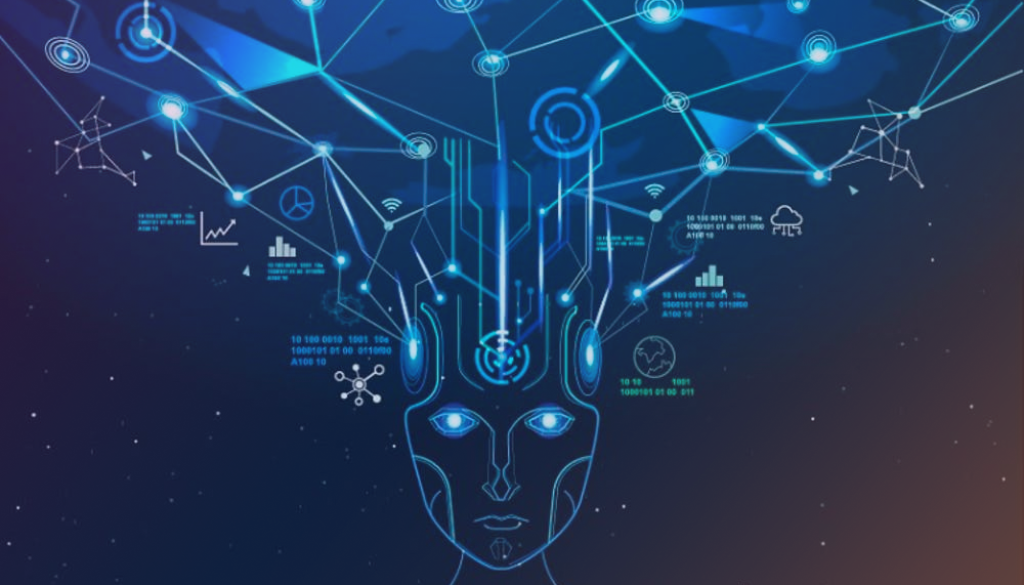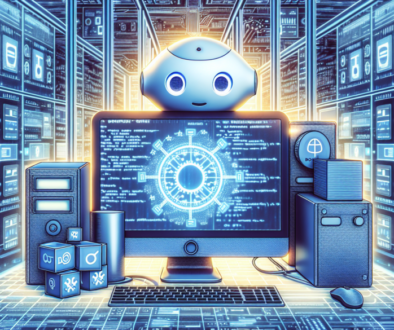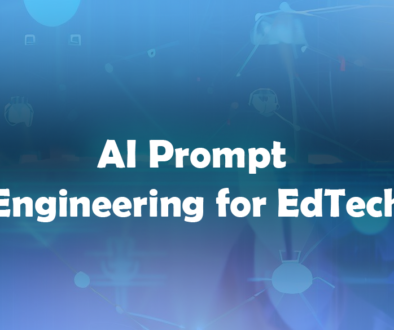An AI Classification Proposal
This is a proposal for a classification of AIs that would apply well to any AI application or device designed to offer a service to users. There are several examples after the proposed classification.
Classification
The Classification includes six levels:
- Interface Control
- Basic Data Interaction
- Contextual Understanding
- Autonomous Learning
- Advanced Adaptation
- Continuous Learning
Each classification Level is described below.
- Level 1 Interface Control
- Non-AI Interface At this level, the AI system primarily functions as a non-intelligent interface that requires explicit human input to control and perform specific tasks. It lacks the ability to learn or adapt independently.
- Level 2 Basic Data Interaction
- At this level, the AI system can interact with and analyze a limited set of data inputs. It can perform tasks or provide insights based on predefined rules or algorithms, but still depends on human input to guide its decision-making process.
- Level 3 Contextual Understanding
- At this level, the AI system can comprehend and interpret data in a more contextual manner by leveraging natural language processing or image recognition. It is capable of processing unstructured data and extracting relevant information, reducing the amount of human input required for understanding complex data.
- Level 4 Autonomous Learning
- At this level, the AI system possesses the ability to learn and improve its performance by using algorithms and techniques like machine learning. It can adapt its behavior based on previous interactions, reducing the need for constant human intervention and decision-making.
- Level 5 Advanced Adaptation
- At this level, the AI system can self-adapt and optimize its performance based on continuous interactions with users and additional data inputs. It utilizes advanced techniques like deep learning to improve its decision-making capabilities without relying heavily on human input.
- Level 6 Continuous Learning and Adaptation
- At this final level, the AI system becomes self-sufficient and capable of continuous learning and adaptation. It harnesses its ability to read and understand data, make predictions, and autonomously improve its performance over time. At this stage, the AI interface no longer requires human input but continues to read data from various sources to enhance its knowledge and decision-making abilities.
Examples
Doorbell
Let’s apply this to a doorbell.
- Interface Control (Non-AI Interface): A traditional doorbell that requires the user to manually press a button to produce a sound. The doorbell has no AI capabilities and solely serves as an interface controlled by human input.
- Basic Data Interaction: A doorbell equipped with a motion sensor that triggers the sound when it detects movement. The AI system can analyze basic data (motion) to produce a response but still relies on predefined rules and simple data inputs.
- Contextual Understanding: A doorbell equipped with a camera and a facial recognition system. When a person approaches the door, the AI system uses the camera to recognize familiar faces and plays customized sounds or notifications based on the recognized individual.
- Autonomous Learning: A doorbell AI system that utilizes data from the camera and audio inputs to learn the patterns and preferences of the residents. Over time, it adapts and learns to differentiate between familiar faces, delivery people, or potential threats, and adjusts its response accordingly.
- Advanced Adaptation: A doorbell AI system that employs advanced machine learning algorithms and audio processing. It can recognize and differentiate between specific sounds, such as the sound of a delivery truck or a barking dog, and adjusts its notifications or responses based on these learned sound patterns.
- Continuous Learning: A doorbell AI system that continuously analyzes data from the camera, audio inputs, and other sources. It can learn and adapt its behavior to various scenarios, such as predicting the likelihood of a visitor being a regular guest or a new acquaintance, without requiring explicit human input or customization.
Thermostat
A second example, considering a thermostat.
- Interface Control (Non-AI Interface): A basic thermostat that requires users to manually adjust the temperature settings by pressing physical buttons or turning a dial.
- Basic Data Interaction: A thermostat equipped with sensors that detect the current temperature and humidity levels in a room. The AI system can use this data to maintain the desired temperature as configured by the user but requires manual input to set the preferences.
- Contextual Understanding: A thermostat that integrates with weather forecasts and considers factors like outdoor temperature and user occupancy patterns to adjust the temperature automatically. It can analyze contextual data to optimize the indoor environment, reducing the need for explicit human input.
- Autonomous Learning: A thermostat AI system that learns from user preferences, adjusting the temperature based on patterns, time of day, and user behavior. Over time, it adapts and optimizes temperature settings to provide a comfortable environment without constant manual input.
- Advanced Adaptation: A thermostat AI system that employs advanced machine learning algorithms to analyze historical data, user feedback, and energy usage patterns. It can predict and adapt temperature settings based on occupancy patterns, weather changes, and personal preferences, optimizing energy efficiency and comfort.
- Continuous Learning: A thermostat AI system that constantly learns from user interactions, external factors like weather patterns, and energy usage. It can autonomously adjust temperature settings, anticipate user needs, and adapt based on various inputs without requiring regular input from the user.
Conclusion
I believe that this classification could help guide people who are trying to understand the capabilities of a ‘smart’ device or of an AI system. Having the classification would help speed up our understanding of what the systems are designed to be capable of.



